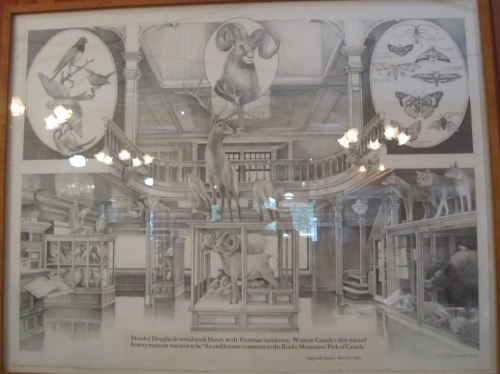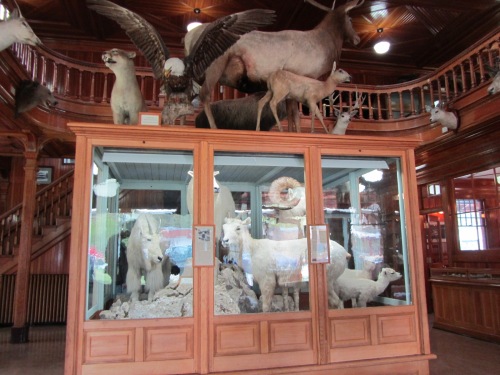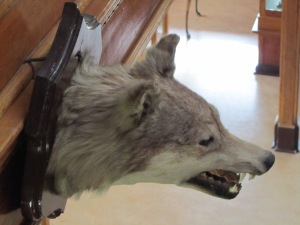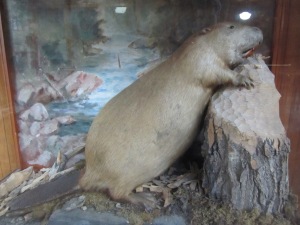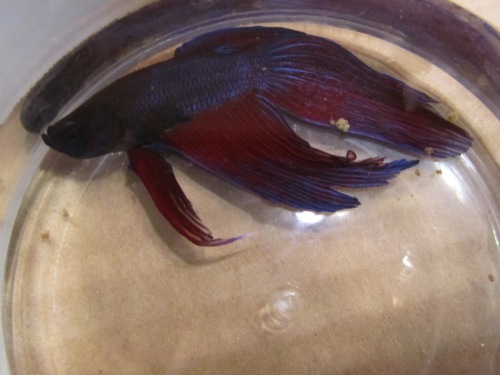They came at us from the front of the room and as they picked each person off one by one, good intentions flaring like the quivering proboscis of an enraged primate, I grappled for a response I could maybe live with for the rest of my life.
An education seminar that begins with six suspiciously keen and terrifically alert presenters, all of them eager to feed upon the attentions of a captive and as yet hapless audience, is a deadly, deadly Thing indeed. 8:15AM sharp. Bright shiny eyes, grinning from ear to ear. Gorgy faces gazing back at them, totally unawares.
The subject was reading – literacy – how do we as The Concerned get The Youth to enjoy reading as everyone everywhere, naturally, should. Or something.
Suddenly:
“Without thinking about it, tell us what your favourite book is!”
A trick!
A question the answer to which serves to define the questioned for the questioner according to level of intellectual and/or emotional and/or aesthetic maturity – or possibly even to showcase the supposedly advanced capacities of the asker – and infused with an unquestioned imperativeness (WITHOUT THINKING…TELL US) that mires it, all of it, in all kinds of smug, self-satisfied celebration.
A mess.
I am not good at giving people advice. Any “advice” I do give can easily be broken down to its essential elements: a heady blend of avoidance and denial, topped with a generous dollop of after-the-fact rationalization. Bait and switch. Cut and run. That kind of Thing.
But I want to help here. I feel compelled to ease the blunt force trauma of the trick that is the question that is a mess.
I really do.
And if only to get that wild, demented monkey to stop clawing deep into the raw flesh of your back and off of you already! To stop it from biting up and down your neck as it clings there, frothing at the mouth.
The Alchemist
Sensibilities aside, invoking the title of this book at least puts you on par with the nine other people in the room who already sighed it out as their answer. It is the classic hide-as-a-face-in-the-crowd tactic. Much like that time in church when you didn’t feel like singing the hymns so you just mouthed “tomato, tomato, watermelon, tomato” until it was, finally, over. Or come to think of it your entire career in middle school choir, which you saw through just so you could satisfy the extracurricular requirements established by the board of education – the ones that evidently demonstrate your well roundedness and civic mindedness, thereby setting you on the right path towards a bright and prosperous future as a valued member of society. And everybody.
Loves!
The.
Alchemist.
War & Peace
Go ahead and fire off this salvo at them – a real fatty – and do it with everything you have in you, and especially if you’ve never read War & Peace. They will not call your bluff. They will move on after a moment of dubious yet acquiescent pause. The risk here is just too great. The stakes too high for anyone to do otherwise.
Black Beauty
“But not the one with the horse.”
Catcher in the Rye
A lot of people find this book admirable not just as reading material but as evidence, unequivocal, of a mind able to slice through the phoniness of society just like everybody else who has read this same exact book in high school for 11th grade English because every single copy of Life of Pi had been checked out and there was, like, no way you were going to take the bus across town on a Friday afternoon to the main library just to get it. So you might as well let them have it. Go with it.
How to Train Your Cuttlefish
“GRIPPING… an extraordinary achievement that completely redefines everything we thought we knew and then some. [How to Train Your Cuttlefish] is both deeply rich and luxuriously illuminating…[an] utter tour de force! With cuttlefish.”
I, Platypus
No lies. You’ll probably get called out right away for this one, but that actually makes it worth the effort. And if you don’t? Still totally worth it. You cannot lose.
The Phantasmagorical Journey Through the Outworlds of Nibs and Doon: Oridon’s Lament (First Edition, Vol. 2)
Extra points (10, 000+) if you can: 1) say this with a straight face and 2) preempt any follow-up questions as to the actual existence of this book (“Really? I’ve never heard of it”) with a dramatic, over the top eye-roll. Then flip the table and leave the room without another word. Have a sandwich and congratulations!
The Bakers’ Dozen
I dunno. But sounds good, doesn’t it? Legitimate, even. If pressed, try: “It’s a mixed-genre mystery thriller/cookbook. It is very psychological.” That should do it.

These lovelies are known as Persians. Their pinkness is literally and figuratively the icing on the cake.
Shakespeare’s 10 Things I Hate About You
Yes. GO THERE.
Infinite Jest
“By David Foster Wallace? Have you heard of him?”
“No? OK. Then, yeah. With raised brow and laudable guffaw I repeat: Infinite Jest.”
“Yes? OK. Never mind. My favourite book is, uh, The Alchemist. It changed my life or something.”
Like I said. Cut and run.



